No, this isn't about that Chinese martial arts flick where everyone and their uncle soared through the air effortlessly, this is about a different kind of flyer. A man made one.
The means to control any theater of war lies in first securing air superiority over the battlefield. With stealth and weapons technology advancing by the day, air forces the world over are putting vast resources into either procuring or developing the best of fighter aircraft. Fifth-gen fighter aircraft are characterized by the ability to use information from a wide range of sources to correlate events in realtime, provide an enhanced situational awareness, air frames that can withstand insane high-G maneuvers, and LPIR (Low Probability of Intercept Radar) which can use radar to scan for enemies in the sky without giving away the aircraft's position.
.jpg/750px-Two_F-22A_Raptor_in_column_flight_-_(Noise_reduced).jpg) |
| F-22 |
The F-22 was the first of this kind and, as of 2011, the only actively operating Fifth-Gen Fighter Jet. Lockheed Martin's F-22A Raptor while providing the US Air Force with the best there is in air superiority fighters, can also attack ground targets. Designed to replace fourth-gen fighters like the F-15, every single F-22 costs a cool $150 million dollars to make. The technology used is so bleeding edge and secret that any export or sale of the F-22 outside the US is banned, not even to close allies like the Israelis.
 |
| PAK-FA Prototype |
While the F-22 held sway for quite a while, there are challengers in the design/prototype phase being developed by a few other nations. India and Russia have jointly been developing the PAK-FA (Perspektivny aviatsionny kompleks frontovoy aviatsii, that is "Prospective Airborne Complex - Frontline Aviation") . Otherwise known as the T-50, what initially began as a project headed by Sukhoi later roped in India's Hindustan Aeronautics Limited (HAL) to create a supersonic-cruise capable fifth gen fighter jet that is apparently a bit less stealthy than an F-22 but much cheaper at an estimated $100 million each. 250 machines are expected to be built each for the Russian and Indian air forces. The Indian variant - christened the FGFA - adds another pilot, calling for slightly different wing surfaces, capability to carry a different array of weapons (including nuclear armament) and avionics that might be sourced from multiple nations, as opposed to only Russian technology.
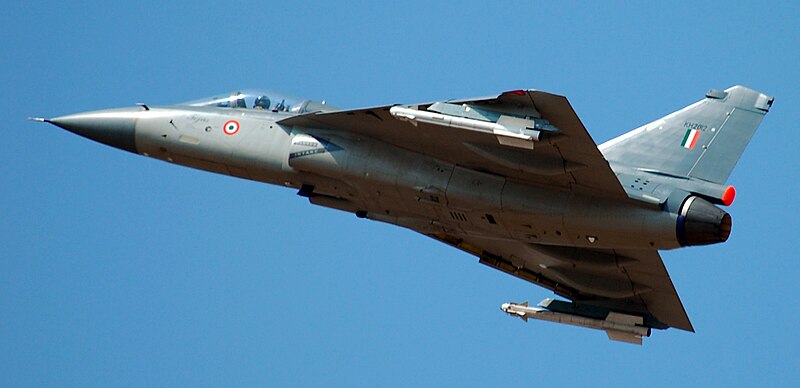 |
| LCA - HAL Tejas |
The Indians meanwhile are busy with their own plans, following the successful completion of the Light Combat Aircraft (LCA) project with the production of the HAL Tejas, which of course wasn't a fifth-generation aircraft but a single seater multirole jet fighter. The Indian Aeronautical Development Agency (ADA) is now designing the Advanced Medium Combat Aircraft (AMCA), a proposed fifth generation aircraft in the 25 ton category. The ADA was even ready to develop a whole new prototype Active Electronically Scanned Array (AESA)radar to complement the aircraft. Only a scale wind-tunnel model of the plane has yet been seen in public though. The AMCA is expected to use 2 GTRE GTX-35VS Kaveri engines designed and built by the DRDO's Gas Turbine Research Establishment Labs, with thrust vectoring and supercruise capabilities. The Indian Navy has also thrown in a significant amount of funding, so it's obvious that there'll be a naval variant of the AMCA too.
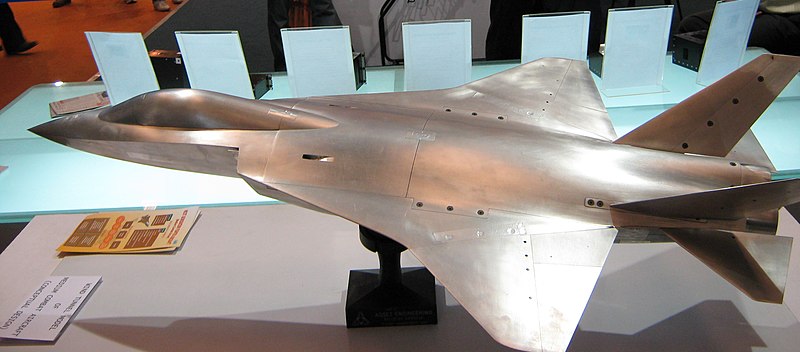 |
| AMCA Model |
The FGFA will only be ready by around 2018 and the AMCA by 2025. This will cause the force strength of the Indian air force to deplete massively till then (despite the addition of a few Su-30 planes) and is also the reason you've been seeing the "126 aircraft bid offer" left open by the Indian Air Force in the news infrequently. That bid is currently being led by the Eurofighter Typhoon.
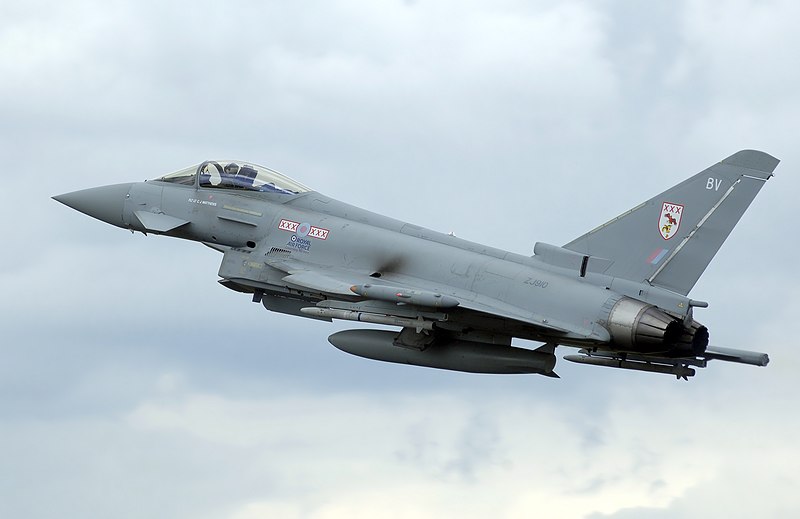 |
| Eurofighter Typhoon |
The Americans meanwhile have been collaborating with a few other nations to develop another stealth fighter project - Lockheed Martin's F35 Lightning II. This was in the news too, albeit because funding for an alternate engine for this aircraft was cut recently by the House. The F35 will be significantly cheaper per unit than the F-22 while also having a VTOL (Vertical Take-Off and Landing) variant. The aircraft has been in the "testing" phase for the last 4 years or so.
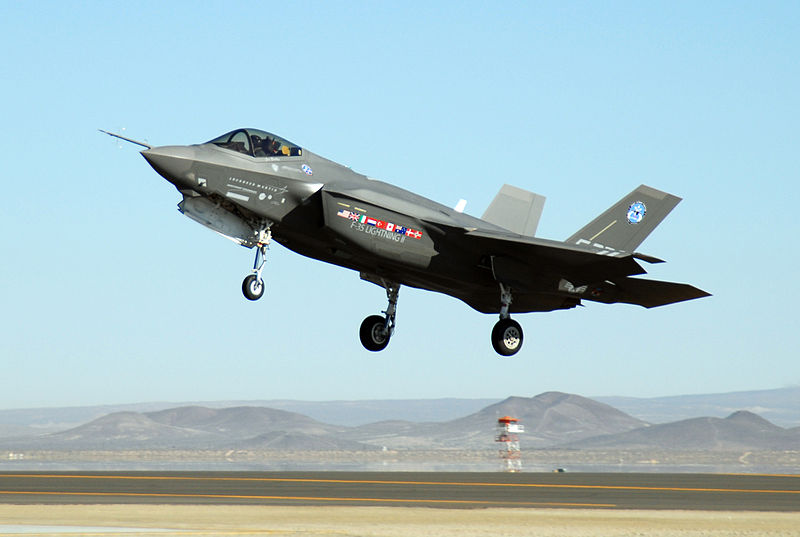 |
| F35 Lightning II |
The Japanese have the Mitsubishi ATD-X Shinshin in the works, and the South Koreans are tinkering with the Korea Aerospace Industries KF-X, both expected to take quite a while to achieve "production" status.
While these tigers of the aviation world have at it, the dragon hasn't quite been asleep. The Chinese have their jack-in-the-box in the form of the Chengdu J-20. It's a less-agile, but much larger design (in comparison with F22s and PAK-FAs) that will supposedly have greater range too. This jet, being built by the Chengdu Aircraft Industry Group for China's People's Liberation Army Air Force, has been the centre of much controversy. Initially, it was reported that the J-20 used elements copied from a Russian stealth jet, followed by an accusation that reverse engineering had been done from an American F-117 Nighthawk that had been shot down in Serbia. Later, it was also alleged that cyber-espionage of the F-22 and F-35 project files had significantly aided the Chinese in putting together the J-20. Indeed, the front does look like an F-22 and the tail fins slightly resemble those of the PAK
 |
| Chengdu J-20 |
The timing aside, the US is still confident it will way more stealth fifth-gen fighters several years on than any competing air force in the world and that the J-20 hence poses no real threat to it. Still, the rising Asian power deserves credit for the way in which they've pulled their socks up and gone about putting together a stealth jet real quick.
With all this military tech being churned out, one thing is clear - the skies will be a very different place 10 years on, with both what we can "see" and what we can't.
Photo Source: Wikimedia



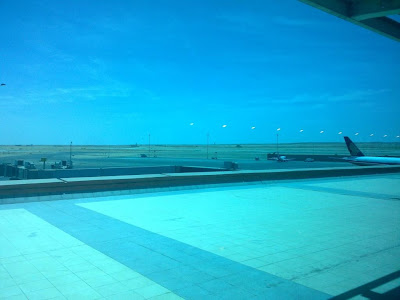


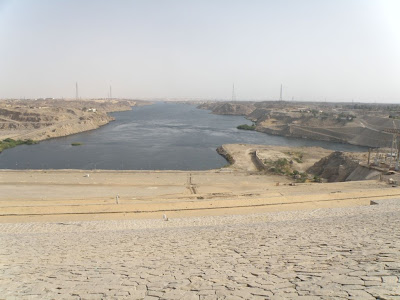

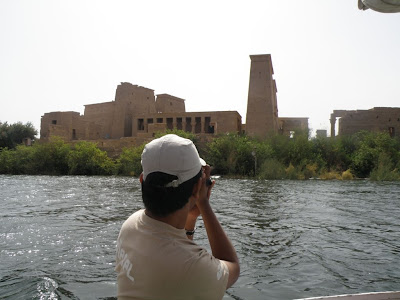
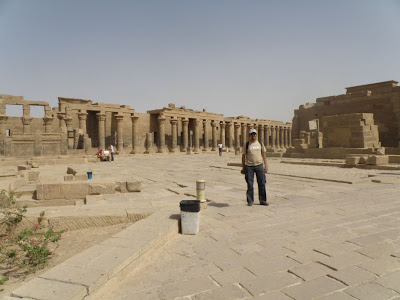
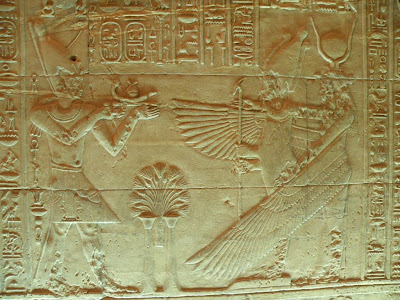



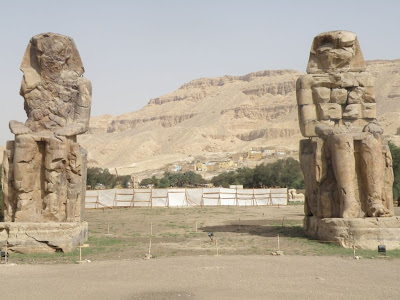
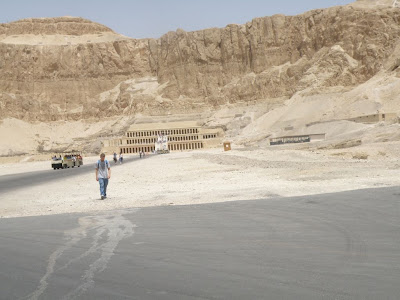

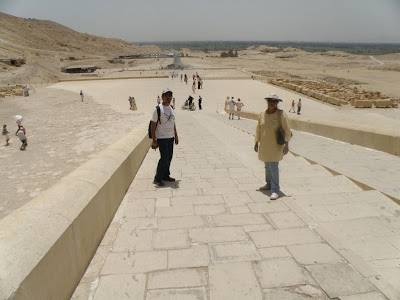
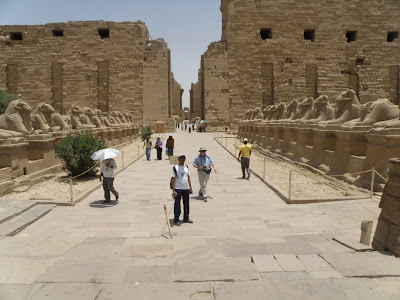
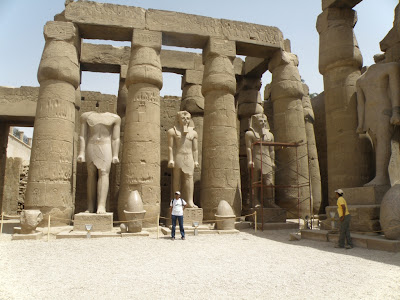






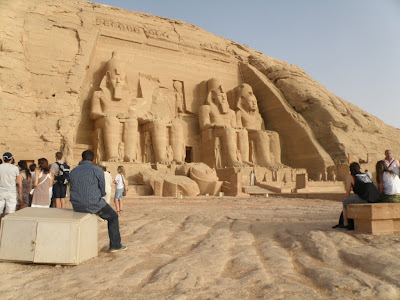
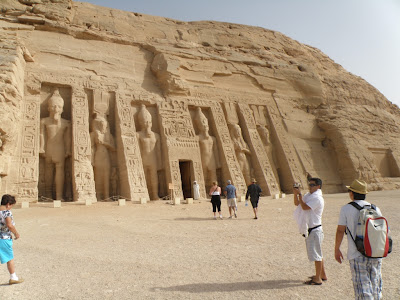
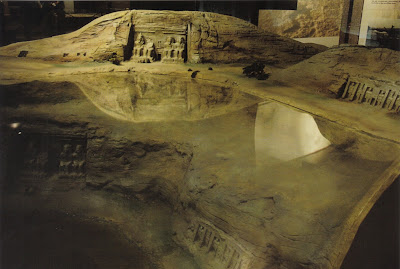
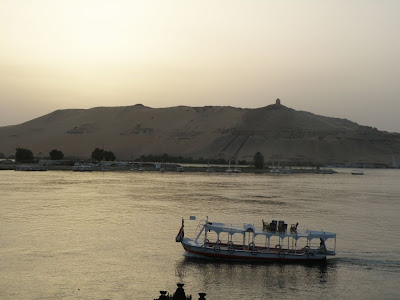

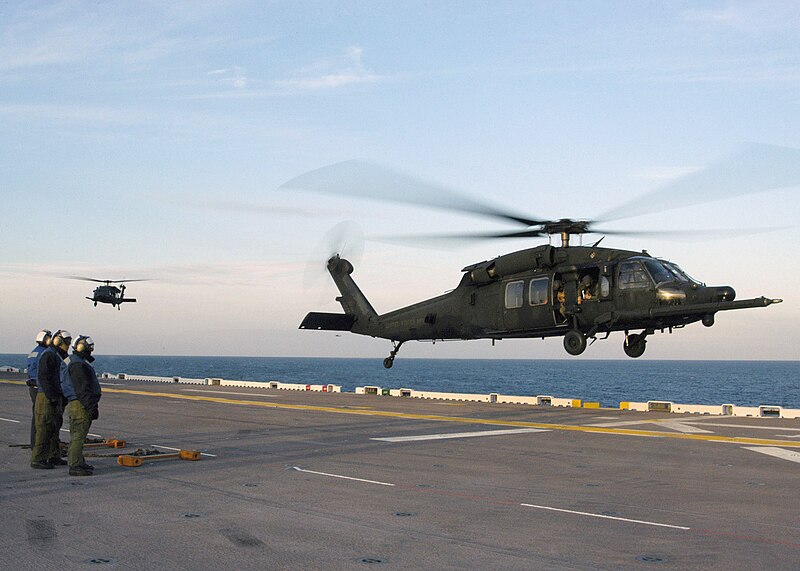



.jpg/750px-Two_F-22A_Raptor_in_column_flight_-_(Noise_reduced).jpg)





